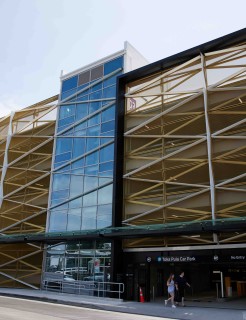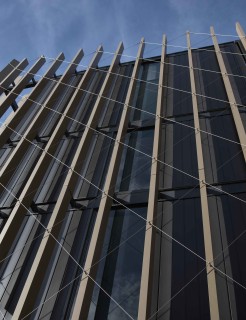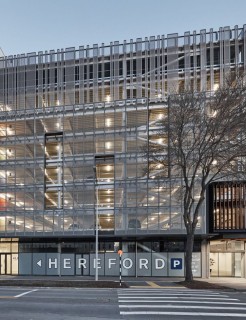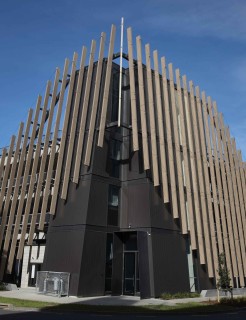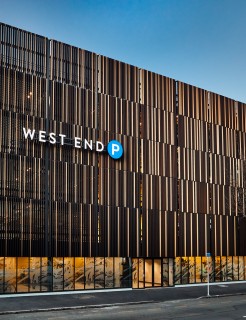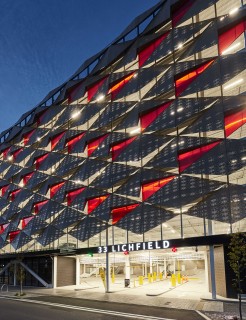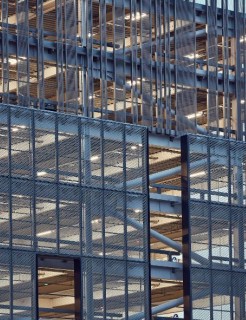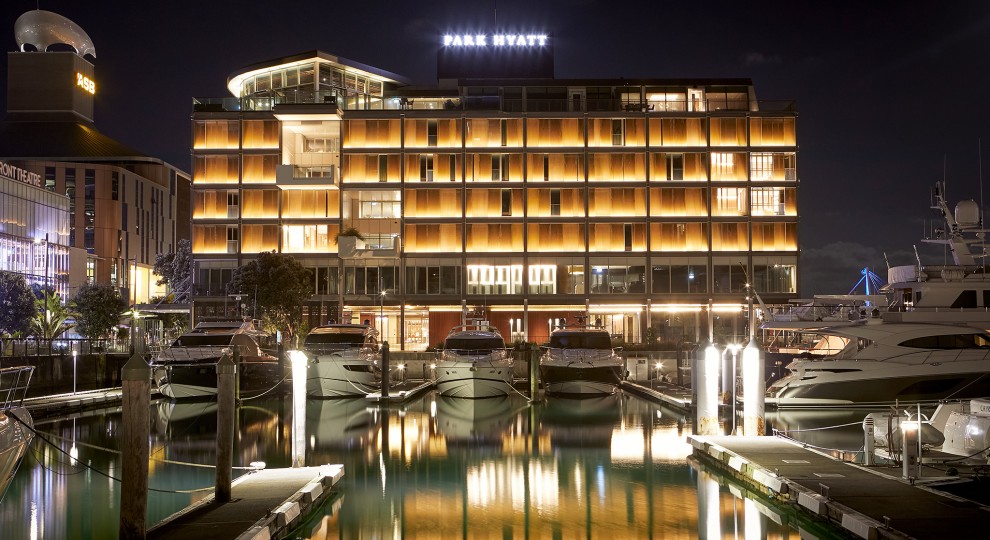
The True Cost of Early Design Engagement
As experts in architectural screening and facades, we’re often asked to provide project specific design shop drawings and engineering (including a PS1) to enable a project to make it through the building consent process. Typically, this is long before engagement with a main contractor. When such situations arise, there’s a natural need to know how much it will cost. There’s also, sometimes, a tendency to assume the cost for early design engagement is not worth it and it’ll be better financially to take a more fluid approach to the project. Naturally, we have a specific view on this and it’s borne not out of a desire to solicit more early design engagement but rather to accurately detail the reality as we’ve seen and experienced it over several decades, for the ongoing benefit of industry partners.
The Scope of Insol Involvement
At Insol, we get involved in projects at varying stages. A typical early design engagement project essentially sees us partnered with to develop the facade (or canopy) from the initial design intent. We’ll translate that vision into detailed drawings that can then be used to manufacture and install the item easily on the building itself.
The Architect will obviously have ideas and preferences for how the facade will be assembled and fit, yet every connection requires checking by our engineering team so we can be certain it won’t fail in the next storm, that it provides for adequate building movement, and does enough to meet New Zealand’s stringent Building Code. Further, we offer a very specialist research capability and can use our own Wind Tunnel for testing. This enables us to conduct full scale wind testing of building envelope components and satisfy AWES-QAM-2-2-2024 and/or the individual concerns of the developer, addressing concerns associated with the rising risk of wind-induced incidents in the built environment.
Regardless of the project and level of involvement, the common denominator is always the requirement to develop details which will deliver on the overall design intent, are buildable, and are accompanied with a set of engineers calculations and a PS1 demonstrating compliance with the Building Code.
An Extension of the Architects Pen
We do genuinely feel like an extension of the architect's pen. From the point of early engagement onwards, our design team’s goal is to bring the architectural intent alive by helping develop the design and influence any interacting items if necessary. We’re looking to add the kind of valuable details and insights into the plan that help everything which follows become easier, particularly for the builder on site. Ensuring the design is coordinated between different trades, confirming structural and fixing details, and generally considering the install sequence makes sure no part of the project is left ‘unbuildable’.
Valuable Advice & Mitigating Future Issues
As a specialist design and build subcontractor we’re in a unique position to add valuable input into other areas of the project. For example, we can apply our knowledge to maintenance considerations, such as when a panel needs to be hinged or latched, allowing future contractors to access and clean a specific area. This was the case when we designed a custom latch for the panels on the Park Hyatt in Auckland, which could be operated by abseiling window cleaners so they could position them away from the glazing needing cleaning.
Another important consideration is the materiality and durability requirements, particularly if the building is located closer to the ocean. Our experience in this area is learned for real rather than from the textbook and we can say with certainty that materials perform in ways which many may find surprising. We’re often asked to honor warranties for extended periods and are happy to do so, but only if we are sure the material selection will not prove troublesome in the years that follow.
Progressive Budgeting
They say Information is currency, at least it is when projects have a fixed budget and the scale represents a significant investment, which is usually the case for the projects we are involved with. By being close to the design and across all the tiny details throughout the early design engagement process, it’s possible to provide progressive budget updates. These flow quickly to the design team, influencing decisions and helping avoid expensive value engineering exercises further down the track. So if money is time, the ability to react quickly can certainly save projects from expensive budget creep.
So What is the True Cost of Early Design Engagement?
Well, the true cost of early engagement isn’t actually a cost. It’s a cost saving.
When following a standard tender process, there’s a tendency to leave details not fully resolved in the interest of saving budget. Many projects progress smoothly in this manner. In our experience, that’s definitely the minority though. Many end up costing more as, for example, materials arrive on site only to discover the sub structure isn’t sufficient. Or maybe the detail was only drawn in 2D but there’s no way the actual 3D version will fit together. Or there’s a nasty, constant humming sound on each apartment balcony from wind-induced noise (we know of several cases like this). Each will require remediation work.
Every case like this could have benefited from Early Design Engagement. Now, this doesn’t mean every project will benefit from Early Design Engagement. We’re not saying that.
…but most really will.

